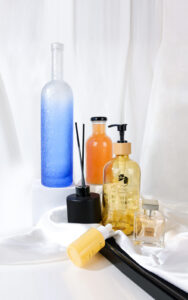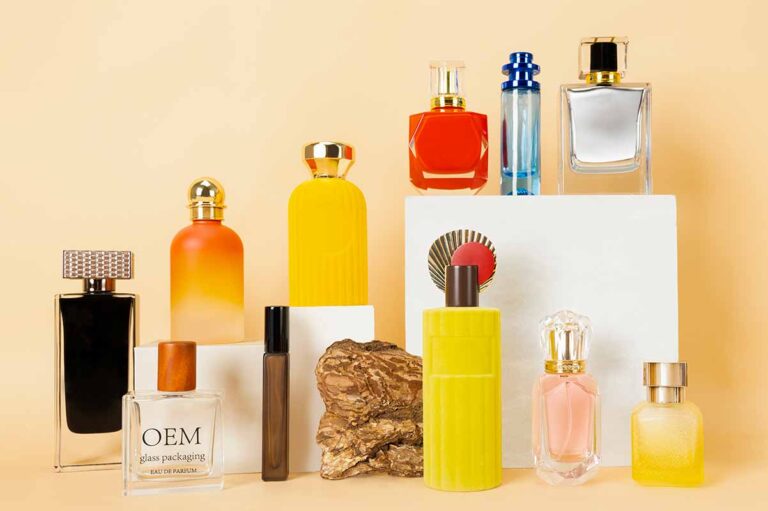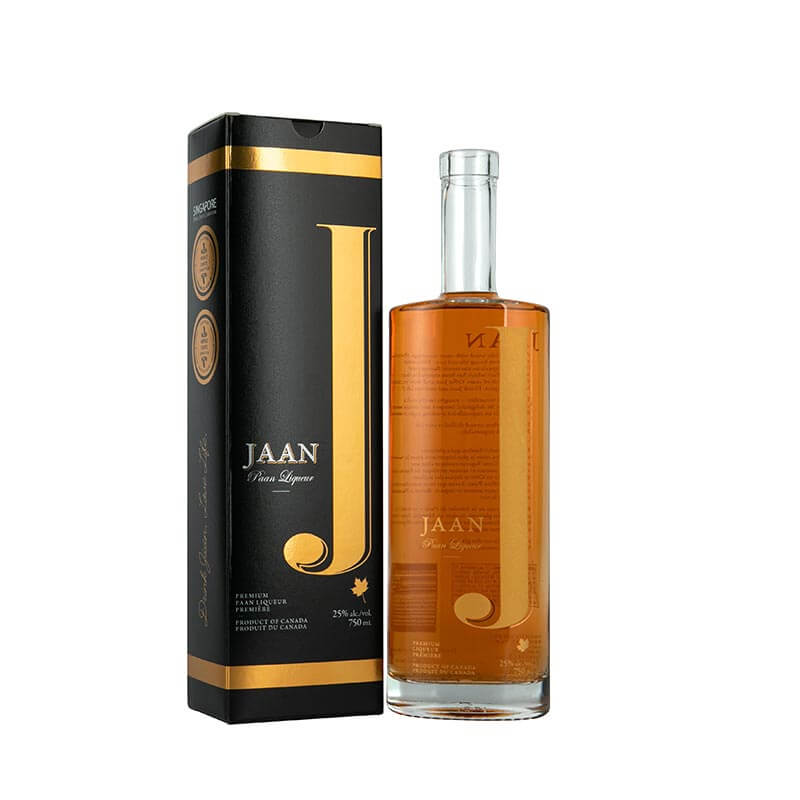
Liquor bottles come in many shapes and sizes. Some are fancy custom glass bottles made to catch your eye. Brands use these glass liquor bottles to sell everything from cheap vodka to rare wine and top-shelf distilled spirits.
Knowing liquor bottle sizes is important if you work in the spirit business. It helps with pricing, storing, and shipping, especially for distilled vodka and other alcoholic beverages. Some common liquor bottle sizes are 70 cl, 750 ml, half pint, and magnum. One of the most talked-about bottles is the 70cl Belvedere Vodka.
Common Liquor Bottle Sizes
Standard Sizes in the Industry
The 70cl and 750ml bottle sizes are the most commonly found in vodka, distilled spirits, and even wine bottles. These two bottles are easy to carry and pour. They hold enough for a small group but aren’t too big to finish. Both bottles are easy to store and chill. They fit standard racks. And they are commonly found in stores around the world.
Differences in Usage Across Regions
The usage of the common sizes depends on where you are. The U.S. uses the 750ml bottle more. It fits their label laws and size rules. In European countries, the 70cl size is the legally used size. That means a brand may sell a 70cl bottle in Europe but a 750 ml one in the U.S. The bottle size changes, but the drink inside remains the same.
Some other countries also allow unusual sizes like 620ml or 500ml. However, these are rare and not usually seen in stores.
Metric vs. Imperial System
Metric System Usage in Europe (70cl)
In Europe, people use the metric system. Bottles are measured in milliliters (ml) or centiliters (cl). The European Union requires brands to follow the metric units. This means alcohol bottles must show volumes in ml or cl, and not fluid ounces. This makes it easier for buyers to compare sizes.
Most distilled vodka bottles in Europe follow this size. A 70cl bottle works well for most uses. It holds enough for about 16 small drinks. It’s also the EU legal size for many spirits.
Imperial System Usage in US (750ml, ounces)
In the U.S., the imperial system is still used for many labels. Bottles show fluid ounces as well as milliliters. It became the main size for wine bottles, vodka, and alcoholic beverages. This is why imperial units are still the most widely accepted in the U.S. market.

Specialty Bottle Sizes
Half Pint, Quarter Pint, and Miniatures
Miniature bottles usually hold about 50ml, which is great for samples. Half pints hold 200ml , while quarter pints hold 100ml.
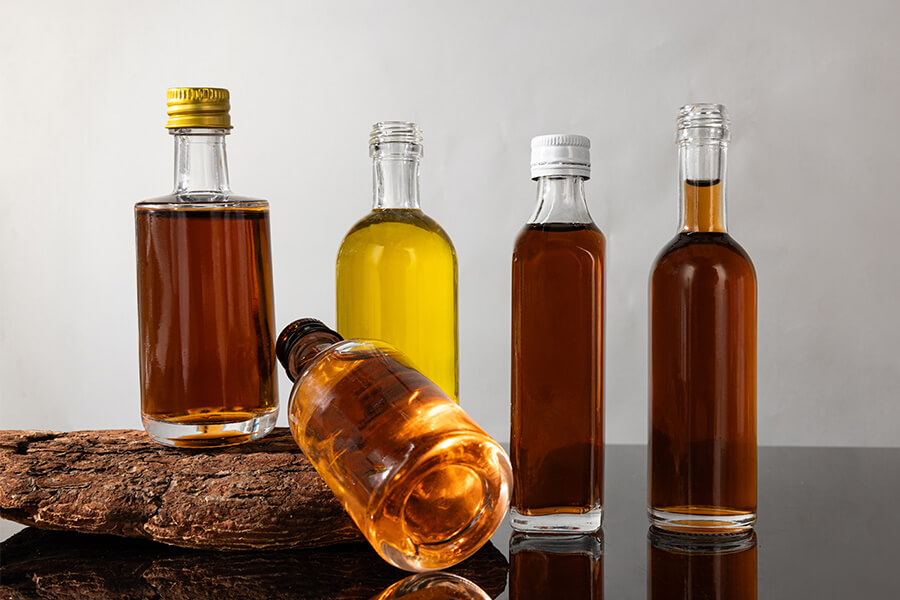
Custom Bottle Designs for Marketing and Gifting
Brands tend to use custom glass bottles to stand out. They pick out eye-catching shapes for special editions. These custom liquor bottles catch shoppers’ attention. A mix of tall, round, and square bottles is visually appealing. Glass liquor bottles feel premium in hand, and most shoppers link glass with quality.
Bottle Size and Servings
Understanding Volume and Measurement
When comparing measurements, 70cl is the same as 700ml, or about 23.7 fluid ounces. On the other hand, a 750ml bottle holds about 25.4 fluid ounces. Metric and imperial systems matter a lot for pour size. Bartenders have to check these numbers when serving customers.
Shot Count Per Bottle
A standard shot size is about 1.5 oz or 44ml. This means a 70cl bottle gives almost 16 shots. A 750ml bottle gives about 17 shots.
Impact on Consumer Value
Small pour sizes make 70cl feel like a better value. This price difference matters a lot when it comes to the cost per shot. Bars track liquid per shot to manage the production costs. Buyers always look at the bottle size before making any purchase.
Alcohol Bottles and Shapes
Common Bottle Shapes in the Liquor Industry
Liquor bottles also come in various shapes. You can find round, square, and rectangular bottles. Round bottles are easier to hold and pour from. Square liquor bottles offer a more organized shelf space. Most wine bottles have sloping shoulders, while some other bottles have straight sides for a modern look.
Importance of Design
The shape of the bottle affects consumer preferences. Buyers tend to pick what stands out to them. Over time, a unique shape becomes linked to the brand. A simple, clean look might feel modern or health-conscious. The right bottle design turns a regular product into a gift-worthy item.
Custom Glass Liquor Bottles
Designers help brands make custom glass bottles. These custom liquor bottles look like art pieces. Brands use these to build their image and brand differentiation. Some of the bottles, include airtight sealing features. A liquor bottle with an airtight seal helps keep the alcohol fresh.
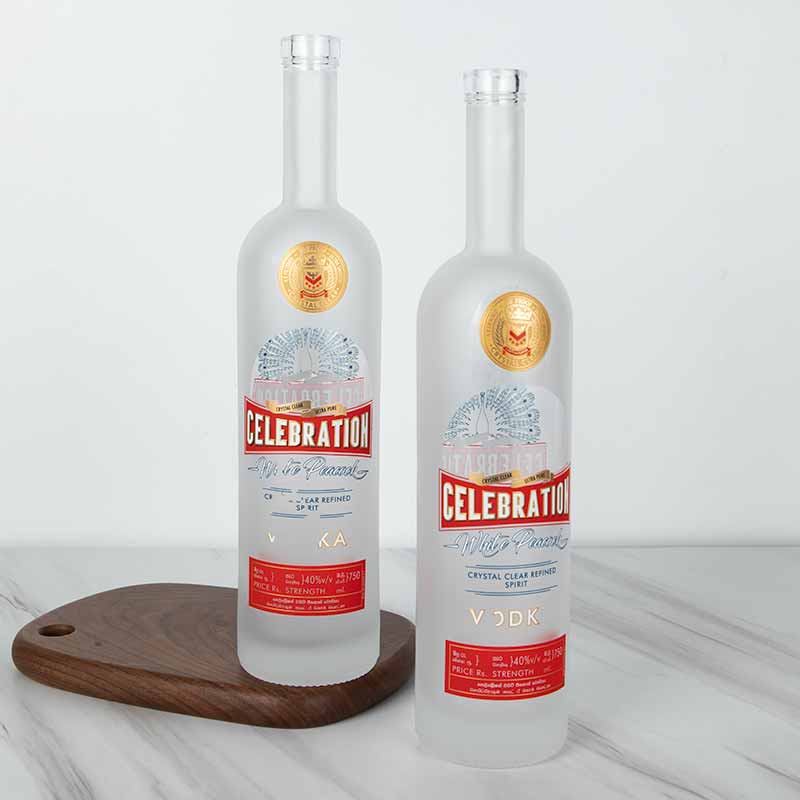
EU Standardization Sizes
What Is the EU Standard for Spirits?
In the EU, 70cl is the most accepted legal size for spirits. This size strikes a balance by giving enough liquor for regular use without being too heavy or costly. This rule also applies to vodka, rum, whiskey, and other hard spirits. You can still find other sizes. But for wide sale in the EU, 70cl is the most accepted.
Before the standard, bottle sizes varied a lot, which led to confusion and unfair pricing. The EU fixed this with the standard size rule, making it easier to compare prices. It also helped trade. A brand can now sell across Europe without changing bottle sizes. This reduces cost and makes trade smoother.
Compliance and Legal Requirements
It is necessary for distilleries to meet all these regulations. Bottles have pass checks, such as weight, fill line, and seal. All these need to fit the standards, if not, the batch can be recalled. Sitcking to the rules protects both the buyer and seller.
Not complying with these regulations can cause harm. Brands may lose their licenses and get fined, which also hurts the brand’s image.
Adapting to Regional Preferences
Even with EU rules, brands must adjust to the rules of other regions that they wish to export to. Export rules vary. Each country has its own limits on alcohol content, volume, and wording. Sticking with one label may not work.
Labels must match the local laws of countries. Some markets require tax stamps or safety labels. A label that works in France may need changes for Japan.
Bottle Sizes and Variations
Overview of Available Sizes
Liquor bottles come in different standard sizes, which helps with production, sales, and taxes. Some commonly used sizes are:
- Miniature (50ml)
- Quarter pint (100ml)
- Half pint (200ml)
- 70cl (700ml)
- 750ml bottle
- 1 liter and 1.75 liters
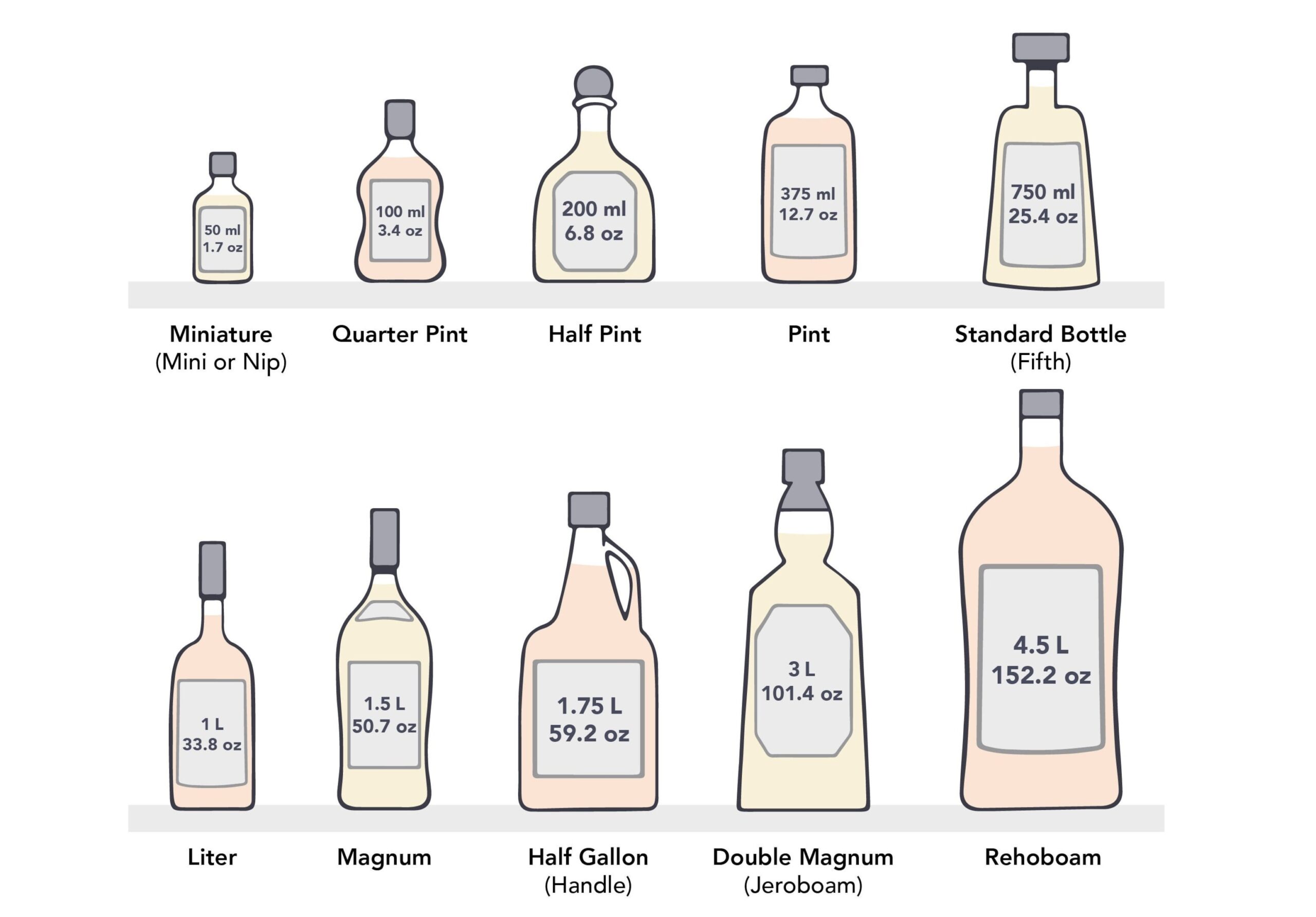
You can find bottles from nips (50ml) up to double magnums (3L+). Each of these sizes is used for specific occasions. Mini bottles are ideal for flights and samples. The quarter pint is good for travel or trial. Half pint bottles suit light users or one-time use.
70 cl bottle works well at home or for small parties. 750 ml bottles suit dinner or bar use. Large bottles like double magnum fit weddings or events.
Market-Based Preferences
European buyers usually prefer spirits with lower alcohol content. This allows them to drink more frequently but in smaller amounts as part of their daily routine. On the other hand, those in North America drink larger amounts for an occasion. Many drink socially or at parties. Consumers may finish a 750 ml bottle faster.
Bottle style helps set brand tone. Premium brands use square liquor bottles or unique shapes. Custom wine bottles help stand out on crowded shelves. The packaging style also affects how people choose what to buy.
Customization and Limited Editions
Some brands also release special holiday bottles to boost their sales. Consumers buy them as gifts or party showpieces. These limited runs help brands to make up for design costs.
The limited edition bottles also act as keepsakes for collectors. Custom liquor bottles often fetch higher prices later. Collectors are known to like decorated or unusual glass designs. Some brands tend to limit the quantity of these special bottles to boost demand.
70cl and Alcohol Content
What’s Inside a 70cl Bottle?
Volume shows how much liquid is in the bottle, while alcohol concentration shows how strong it is. A 70cl bottle with 40% ABV contains 280ml of pure alcohol. The rest is made up of water and distilled flavors.
The ABV (Alcohol by Volume) is usually shown in percent on the bottle label. If a bottle says 40% ABV, that’s the alcohol share. In the U.S., labels show “proof” instead of ABV. Proof is equal to ABV multiplied by two, which means that 40% ABV is equal to 80 proof.

Regulatory Standards for ABV
Liquor bottles must show the ABV or Proof clearly on the label. These rules differ between the U.S. and the EU. The EU requires licenses to show the ABV in percent, while in the U.S., Proof must also be shown with the ABV percent.
Tax is also tied to the bottle size and ABV. Higher bottle sizes can mean higher tax costs. With proper product labeling, brands can avoid fines.
Impact on Pricing and Consumption
Price per ml changes with bottle size and strength. A 70 cl bottle at 40% costs less in total. But the cost per shot may rise slightly. Some brands offer more shots per bottle, which gives better value for bars or large events.
Some drinkers prefer milder drinks. They pick 37.5% or 35% ABV bottles, while others prefer 40% or 47% for cocktails. High ABV is better suited for strong drinkers, while lower ABV appeals to younger consumers or mixers.
750ml Bottle Equivalent
Global Acceptance of 750ml Bottles
The 750ml bottle is the standard wine bottle size and spirit size that is accepted worldwide. The size works with global packaging and is easier to store in racks. Customers in North America are familiar with 750 ml bottles. The shape matches familiar wine bottles or spirit bottles.
Conversion and Comparison to 70cl
A 750 ml bottle contains 50ml more than 70cl, which is roughly about one shot more. Buyers may not be able to spot this at a first glance, but lquor stores can see this difference.
Brands sending to both Europe and the U.S. need to match labels. They print 70cl bottles for the EU, 750 ml for export to the U.S. Label layouts may shift units and languages. Taxes, health information, and proof rules may also differ across different regions when exporting.
Use in Spirits and Wines
Many premium liquors and wines use the 750ml bottle size. This simplifies the bottling line up on the shelves. It also maintains a constant shelf space across different product types.
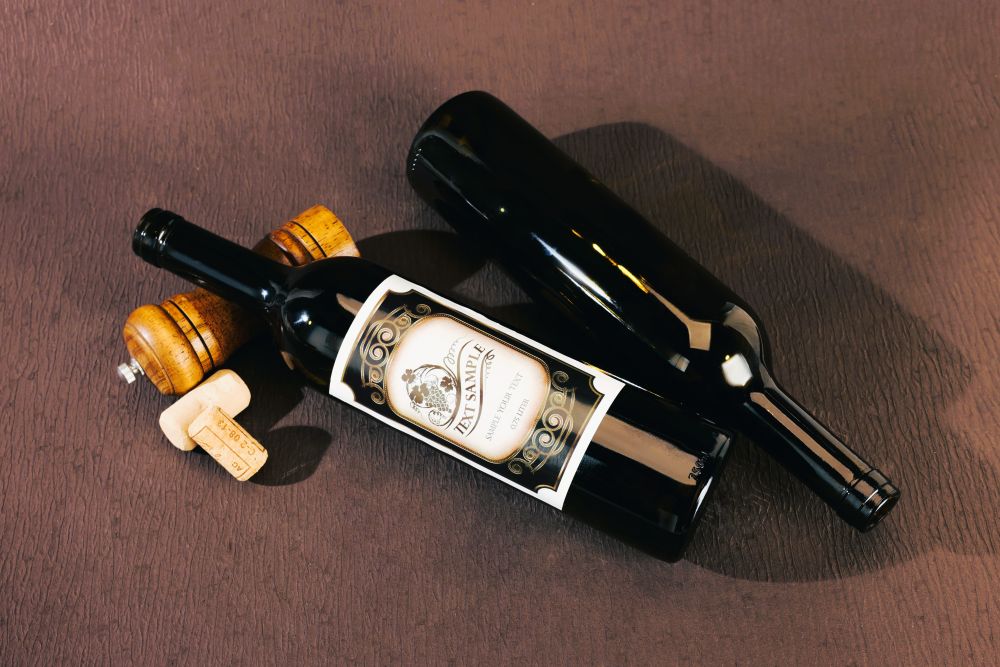
Double Magnum and Larger Sizes
Larger Bottle Sizes Explained
You can still find many bottle sizes above 750 ml. A magnum holds 1.5 litres, while a double magnum is 3 litres. A Jeroboam holds up to 4.5 litres. These large bottles are ideal for serving people at large gatherings. Collectors also tend to buy and keep them.
Aesthetic and Value Considerations
These larger bottles usually cost less per ml, meaning you get more value in the long run. Bars and stores use them to save money on drinks. They also look better on a shelf. A big, shiny bottle grabs attention and can make the brand feel premium or fancy. Shoppers notice it fast and may see it as higher quality.
Packaging Challenges and Opportunities
Larger bottles also come with their own problems. Not only are they very heavy because of the thick glass, but they also cost more to ship and store. They also come with unique closures that may leak if it is poorly made. The labels and odd shapes also add style, but they must stick properly in wet or cold places.
Labeling and Regulations
Importance of Accurate Labeling
Every region has rules for what must appear on the labels. This includes brand name, alcohol content, volume, and where it was made. Some places also need health warnings or ingredients.
EU vs. US Labeling Rules
The EU often uses milliliters and the metric system, while the U.S. uses ounces and proof in some cases. Warnings and language also change by country. In the EU, labels must be in the country’s official language, and in the U.S., English is required on all bottles. To sell in both places, brands must adjust label designs and comply with each country’s rules.
Regulatory Impact on Packaging
Laws also affect how the label is placed. Barcodes must be easy to scan and in a spot that can be easily seen. Some bottles also need tamper-evident seals to show they haven’t been opened. Rules can also say how big the font must be, and the style of the label matters too. Brands need to take note of all these to avoid any problems.
Conclusion
The 70cl Belvedere Vodka bottle has its unique place among liquor bottles. Bottle size, shape, and label design all shape how your alcohol is seen and sold. If you’re looking to get custom liquor bottles perfect for your brand, reach out to us and let’s make it happen.

FAQs
Is 70cl the same as 750ml?
No, 70cl is slightly less than 750ml. However, they are both standard sizes in different regions.
Can I travel with a 70cl bottle in my luggage?
Yes, a 70cl bottle is under the liquid limit for checked baggage. Some flight policies also allow it in carry-ons if the bottle is sealed.
Is 70cl enough for a party?
Yes, a 70cl bottle offers around 16 shots, which is ideal for small gatherings.
What Is 70cl in ml?
70 cl in ml is 700 milliliters.
Is 70cl a Standard Vodka Bottle Size?
Yes. In Europe and other regions that follow the metric system, 70cl is a standard size for vodka.



